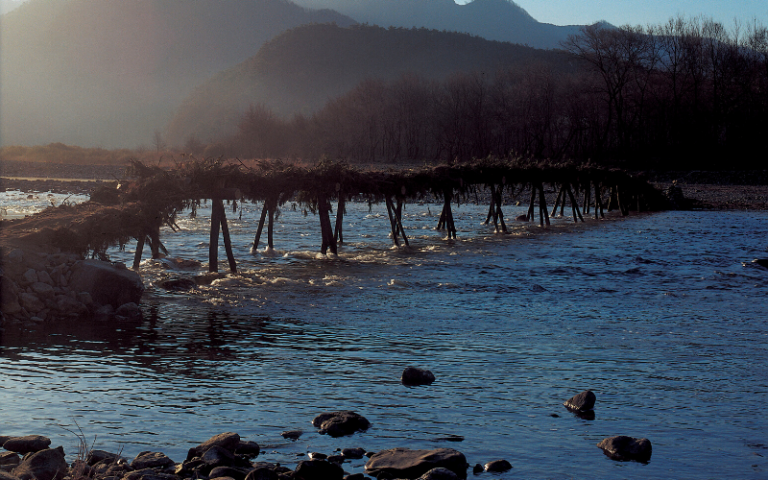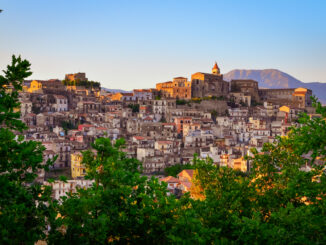Even in prehistoric times, people living near the sea had to deal with the risk of flooding. In fact, the remains of what seems to be a coastal defence barrier have come to light off the Israeli coast. The wall that stretches over 100 meters protected a small community of Stone Age people around 7000 years ago. According to archaeologists at the University of Haifa (Israel), it is the oldest and most impressive sea wall ever identified. Unfortunately, however, it did not prevent the village from being submerged.

Topics covered
Even in prehistoric times, people living near the sea had to deal with the risk of flooding. In fact, the remains of what seems to be a coastal defence barrier have come to light off the Israeli coast. The wall that stretches over 100 meters protected a small community of Stone Age people around 7000 years ago.
According to archaeologists at the University of Haifa (Israel), it is the oldest and most impressive sea wall ever identified. Unfortunately, however, it did not prevent the village from being submerged.
A Sea Wall for Stone Age People
The protective wall is now about 200 meters off the coast of Carmel, in the north of present-day Israel.
There were in fact at least 15 Neolithic villages in this area, which are now underwater. The archaeological site known for decades is protected by various layers of sand. However, occasionally a storm more intense than the others leaves new parts exposed.
Two winter storms in 2012 and 2015 left long portions of a strange, long structure discovered. It consisted of large boulders of three feet in diameter and weighing over a ton. Divers and archaeologists hurried to photograph the remains before they disappeared back into the seabed. The reef stood to defend the western side of the village of Tel Hreiz, the one facing the sea. In Neolithic times, it was home to a few hundred Stone Age people who lived off farming.
The Cause of the Sea Level Rise
The population witnessed the progressive rise in sea level due to the end of the Ice Age. When it rose 7000 years ago, Tel Hreiz was 7-8 feet above sea level. But the melting of the ice with the progressive supply of water and the thermal expansion of the seas raised the level of the Mediterranean Sea by more than two feet over the course of a century. This growth is even faster than the one we see today – and of which we are, unlike then, also the cause.
The inhabitants of Tel Hreiz were aware of these changes. The rise in sea level was not enough on its own to submerge the town, but made the risk of coastal flooding much more frequent.
All in Vain for the Stone Age People
Despite the energies spent in its construction, the wall alone could not avoid the worst. Radiocarbon dating suggests that after a hundred years, 250 years at most, of stable occupation, the village was definitively abandoned before the sea swallowed it up completely. The fate of Tel Hreiz is similar to that of many coastal settlements now exposed to rising sea levels. Within three decades alone, if cuts in greenhouse gas emissions follow a “moderate” pattern, more than 300 million people will run an annual risk of coastal flooding.









